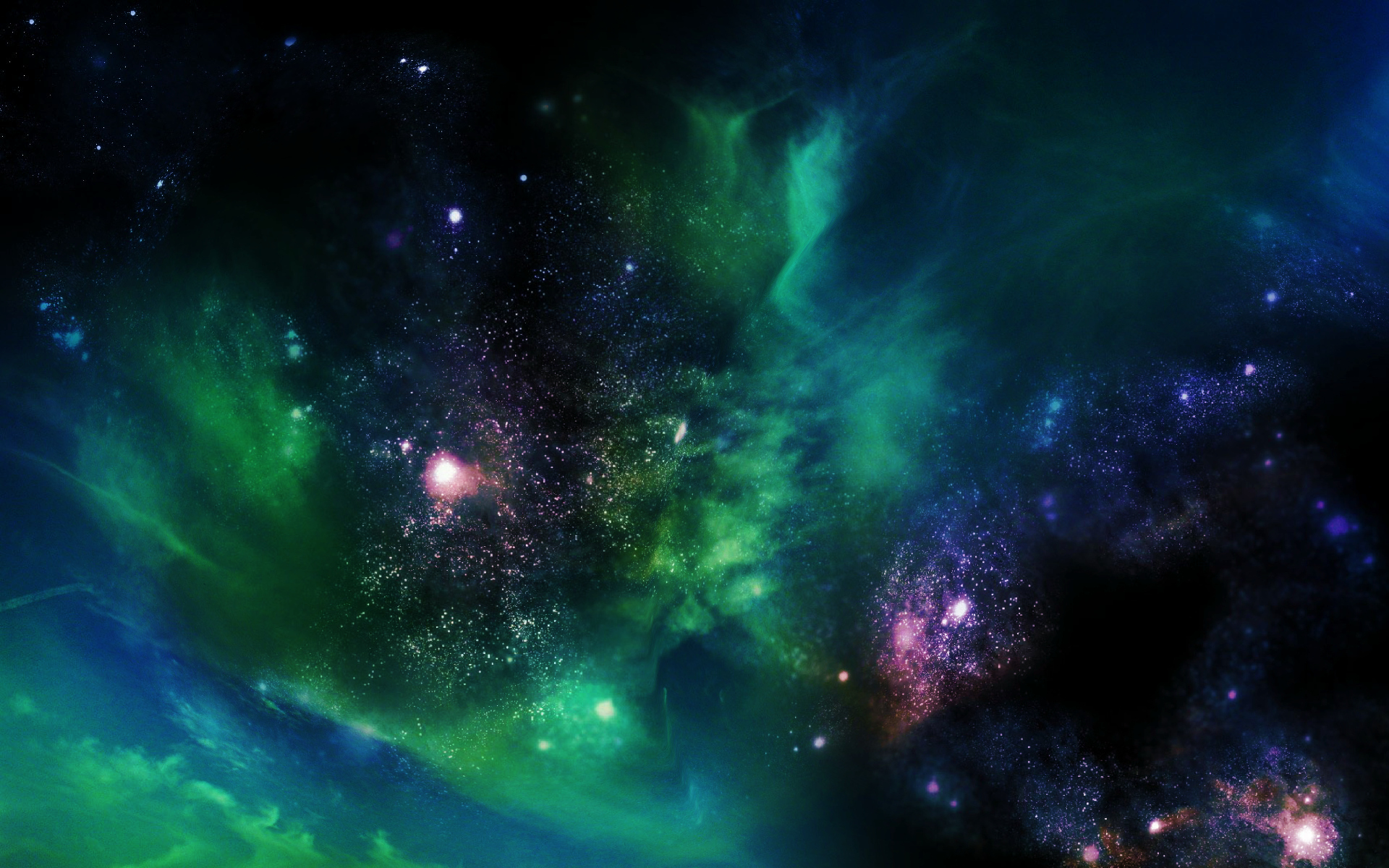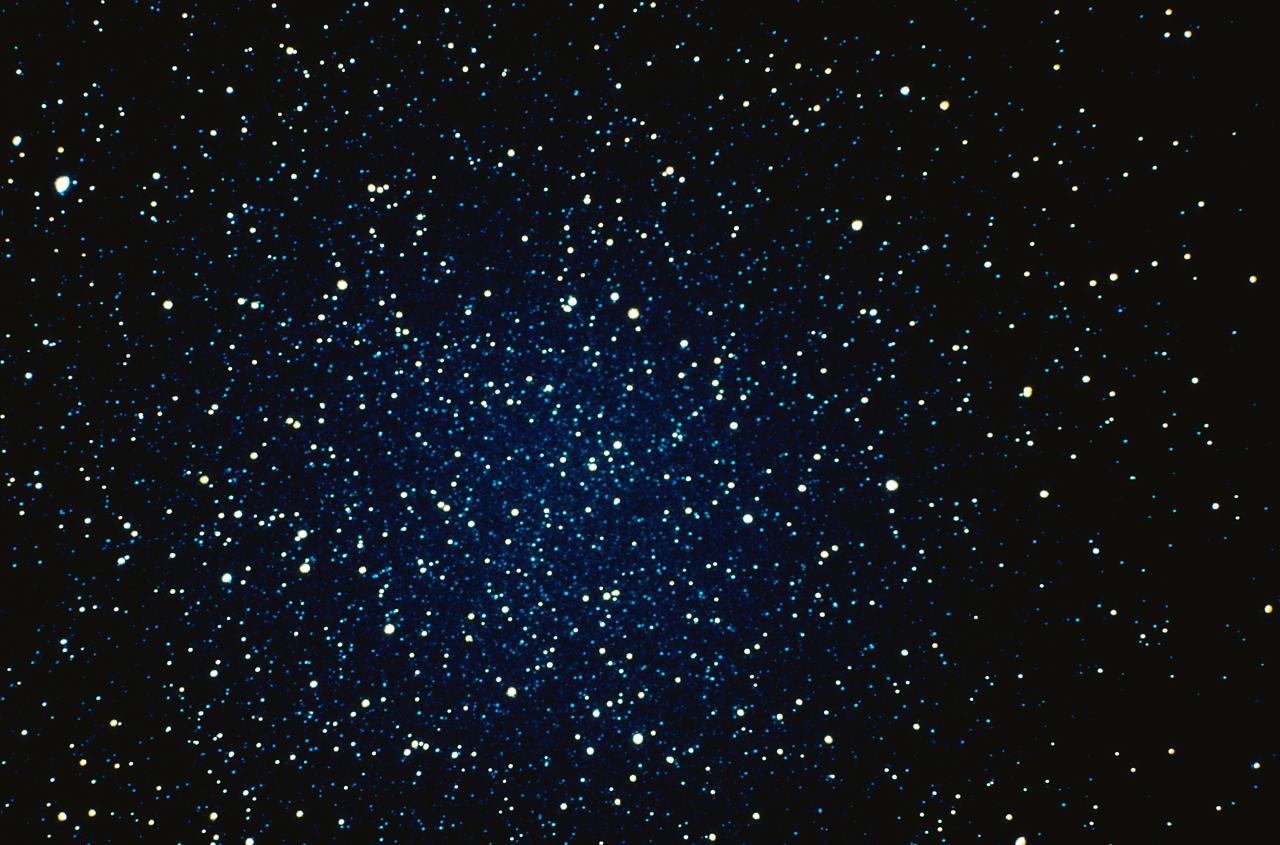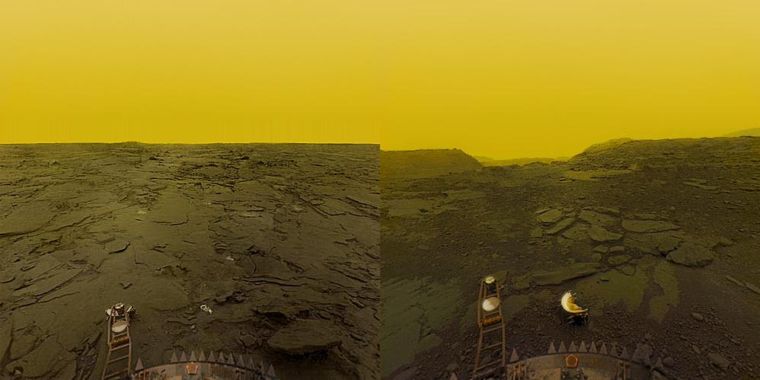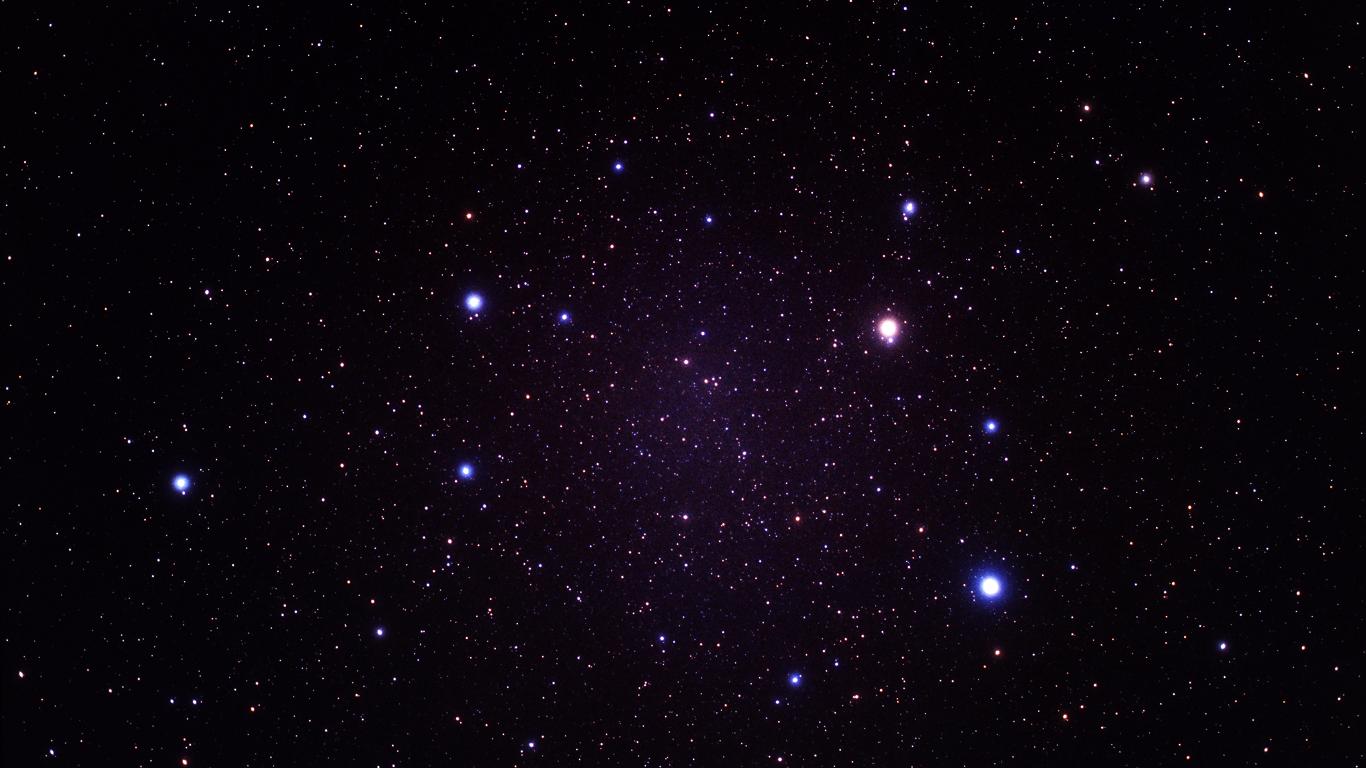
Halifax-based Maritime Launch Services has confirmed its plans to build a $148-million rocket spaceport near Canso, Nova Scotia. Scheduled for completion in 2020, it’ll be Canada’s first and only site where rockets can be launched into orbit.

Imagine being caught in the clutches of a black hole, being whirled around at dizzying speeds and having your mass slowly but continually sucked away. That’s the life of a white dwarf star that is doing an orbital dance with a black hole.

Newly published research suggests that mysterious phenomena called fast radio bursts could be evidence of advanced alien technology. Specifically, these bursts might be leakage from planet-sized transmitters powering interstellar probes in distant galaxies.

The Cassini probe has revealed Saturn’s inner-most moon Pan in all its peculiar glory. The spacecraft took the highest resolution images yet of Pan on 7 March 2017 from a distance of 24,572 km.

The research team has demonstrated for the first time that the radiation encountered in deep space travel may increase the risk of leukemia in humans. The average distance to the red planet is 140 million miles, and a roundtrip could take three years.

The satellite's new capabilities from the Geostationary Lightning Mapper (GLM) mean forecasters can predict severe weather more accurately. in this in turn could help disaster preparedness and response to tornadoes and hurricanes.
One particular goal of JWST involves observing some of the most distant events and objects in the Universe. Another goal is understanding the formation of stars and planets. This will include direct imaging of exoplanets.

A UK, Canadian and Italian study has provided what researchers believe is the first observational evidence that our universe could be a vast and complex hologram.

Greene, a leader in the field of super string theory has been researching his theory for decades. He is one of a small cadre of physicists at the forefront of discovering one unifying theory, a dream Albert Einstein worked on for the last 30 years of his life.

(SETI) alien hunters look for signs of extraterrestrial life in Trappist-1, a newly discovered solar system, by listening to radio surveillance.

Astronomers have found seven Earth-sized planets around a cool red dwarf, all of which have the potential for liquid surface water.

Scientists identified a seventh geologic continent called Zealandia.

Over the last few years electronics based on the semiconductor silicon carbide (SiC) have started to mature. Those properties make it a very suitable candidate for computing on Venus.

A team of scientists reports that it has discovered the existence of a white dwarf star whose atmosphere is rich in carbon and nitrogen, oxygen and hydrogen. The white dwarf is approximately 200 light years from Earth and is located in the constellation Boötes.

The bars in galaxies are spinning more slowly than we thought because of dark matter.